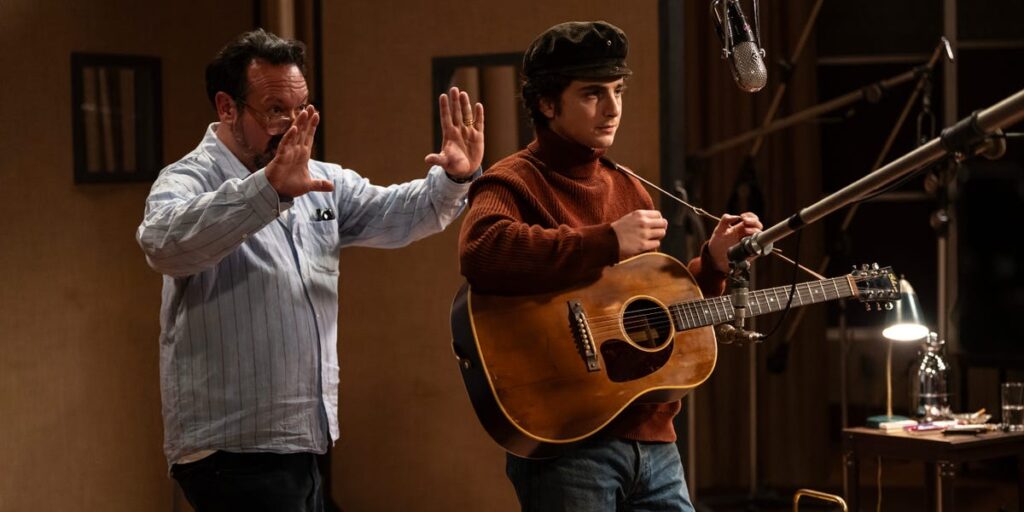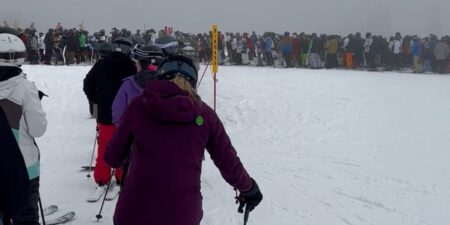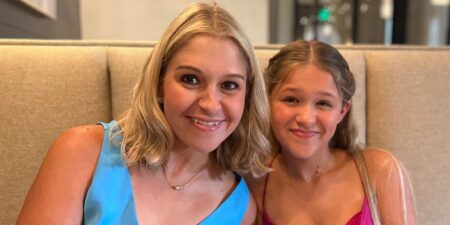- Timothée Chalamet portrays Bob Dylan in James Mangold’s new film “A Complete Unknown.”
- He spent five years preparing for the role, which included learning to sing and play guitar.
- Chalamet performs live throughout the film, instead of using prerecorded vocals or instruments.
Timothée Chalamet went method to play Bob Dylan for James Mangold’s new biopic “A Complete Unknown” — an immersive, yearslong exercise that saw the actor hone his singing voice, learn to play guitar, and even master the harmonica.
“A Complete Unknown,” which arrived in theaters on Christmas Day, follows a young Dylan in the early 1960s as he embeds himself in (and later extricates himself from) the Greenwich Village folk scene, alongside other real-life legends like Joan Baez and Pete Seeger.
Chalamet is joined by Monica Barbaro as Baez, Edward Norton as Seeger, and Boyd Holbrook as Johnny Cash. All of them performed live while shooting the film.
Chalamet spent five years preparing to play Dylan
Mangold and Chalamet agreed to make a Dylan biopic five years ago, before the pandemic, the actors’ strike, and other projects (including “Dune,” “Dune: Part Two,” and Mangold’s “Indiana Jones and the Dial of Destiny”) delayed the process.
However, the extra prep time actually worked in Chalamet’s favor.
Unlike his costar Elle Fanning, who plays a renamed version of Dylan’s girlfriend Suze Rotolo, Chalamet wasn’t a huge Dylan fan before he was cast in “A Complete Unknown.” To learn as much as possible in that five-year window, he watched old videos, scavenged for bootlegs, and familiarized himself with Dylan’s extensive catalog. He also worked with a team of coaches to embody the musician, from voice and guitar to dialect and movement.
By the time he’d perfected his Dylan portrayal, Chalamet was ready to perform live on set, singing and strumming entire songs from “I Was Young When I Left Home” to “The Times They Are A-Changin.'”
“You can’t re-create it in the studio,” Chalamet told Rolling Stone. “If I was singing to a prerecorded guitar, then all of a sudden I could hear the lack of an arm movement in my voice.”
Mangold told Variety that he was prepared to dub Chalamet’s performances with studio recordings, instead of using the live takes. He changed his mind when he heard Chalamet sing “Song to Woody” in the film’s first musical scene.
“We shot that in the first five or six days,” Mangold said. “And there was a whole backstage thing with Timmy saying, ‘I want to try it live.'”
Even though, as Mangold admitted, “some of the sound and music direction people were like, ‘It’s not a good idea,'” he let Chalamet try it out: “And he was phenomenal.”
“Not only that, he proved the brilliance of the method,” Mangold continued. “There’s this moment where he finishes that song and he holds a note and just keeps hitting the low string on the guitar over and over again, and he’s just his eyes are kind of boring into Woody, and he’s just holding this note, and it gave him chills… That could not have happened if there was an earwig in his ear.”
During a separate interview with Variety, Chalamet praised Mangold for his risky yet rewarding decision to use the live recordings. (Chalamet’s prerecords were released on the album’s soundtrack, but never used in the film.)
“Kudos to Jim, who really had his eye, the whole movie, on the fact that, to watch actors doing karaoke really isn’t interesting,” Chalamet said.
While on set, Chalamet continued to speak with Dylan’s affect and mannerisms, even when the cameras weren’t rolling.
“Timmy’s not the only person who’s ever done that, that’s true for most of the actors in my movies doing dialects, they don’t just do it and fall out of it the second the scene ends,” Mangold recently told Business Insider’s Jason Guerrasio.
“You’re trying to make it something you don’t have to think about,” Mangold explained. “So, if you’re turning it on and off, you’re kind of making yourself hyper-aware of it. If you’re just deciding to live in it, that’s a whole other deal.”
Barbaro also worked with a vocal coach to approximate Baez’s famous soprano
As depicted in “A Complete Unknown,” Dylan met Baez at Gerde’s Folk City in New York, where he was scheduled for his first high-profile gig.
By that time, Baez was already an established folk singer, renowned for her wide vibrato and, in Dylan’s own words, “heart-stopping soprano.”
“The sight of her made me high,” Dylan wrote of Baez in his 2004 memoir. “All that and then there was her voice. A voice that drove out bad spirits. It was like she’d come down from another planet.”
Barbaro wasn’t a trained singer before she was cast as Baez, but like Chalamet, she worked extensively with vocal coach Eric Vetro.
Vetro previously trained Austin Butler for his portrayal of Elvis Presley and is famous among pop fans for his work with Sabrina Carpenter and Ariana Grande. (Vetro is even name-dropped in Grande’s song “Monopoly.”)
Barbaro sang live throughout filming — duetting with Chalamet for their climactic performance of “It Ain’t Me Babe,” for example — though due to the technical finesse that Baez is known for, Barbaro told Rolling Stone that she was more open to overdubs than Chalamet was.
Still, by the time Barbaro met her costar on set at a music rehearsal, she could hold her own as a full-fledged musician.
“Getting to play next to him and hear the harmonies of our voices and the accompaniment, so complementary of each other — that was a career highlight,” Barbaro told BI’s Palmer Haasch.
“I’m so glad we waited until that point to meet each other and to work with each other,” Barbaro continued. “It was more true to a Bob and Joan version of the meeting that we’d have these musical proficiencies, that we could collaborate and play together.”
“A Complete Unknown” is now in theaters.
Read the full article here
















